

What’s a picture worth? How about the picture that allows scientists to grasp what’s actually going on in a cell–or on the spiky outside of an invading virus? Gael McGill, Director of Molecular Visualization at the Center for Molecular and Cellular Dynamics at Harvard Medical School is founder and CEO of Digizyme and has spent his career exploring and developing different modes for visualizing evidence.
For this scientific conversation, John is joined once again by Brandeis neuroscientist Gina Turrigiano (think ep 4 Madeline Miller; think ep 2 Addiction!). And because Gael’s work proves that a picture can be worth far more than a thousand words, our RTB post is more picturesque than usual. Start by checking out Digizyme‘s image of the spike protein attaching the SARS-CoV2 virus to a hapless cell and fusing their membranes:
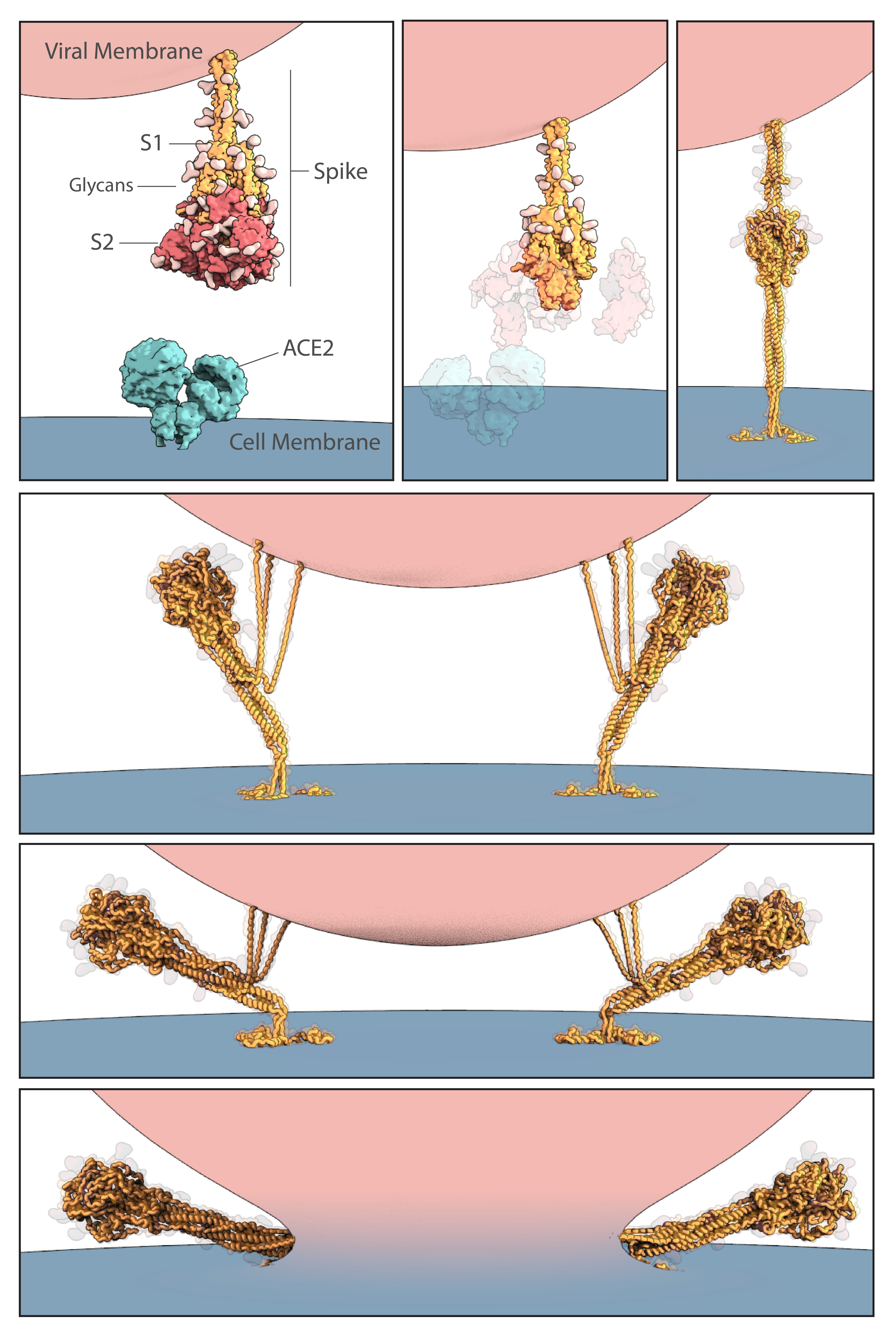
Or maybe you’d rather click through to watch a gorgeous video Gael and his team have created?
Gael praised Galileo’s revolutionary images (drawings? diagrams?) of Jupiter’s moons:
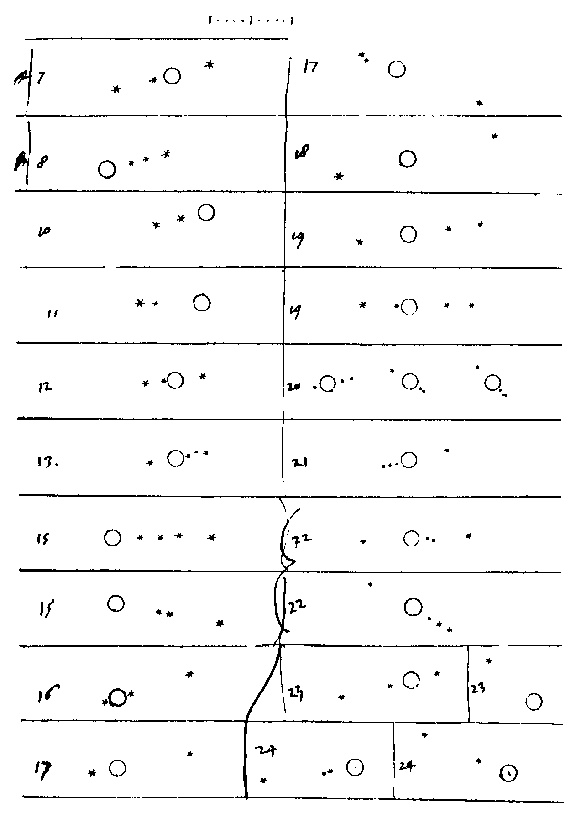
And Leonardo’s stunning anatomical drawings:
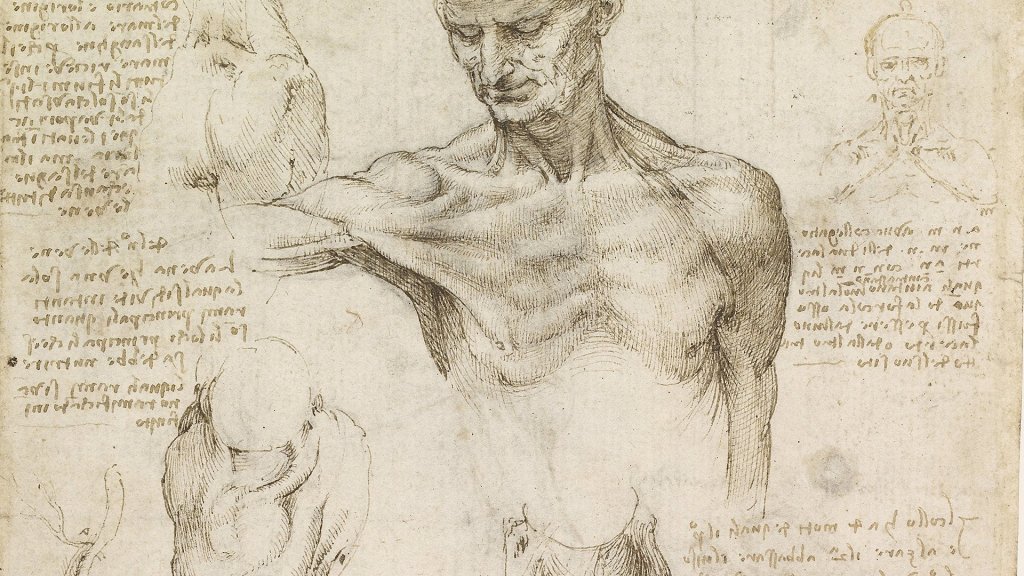
The DNA Double-Helix: We all knew that Watson and Crick‘s revelation came with this model:
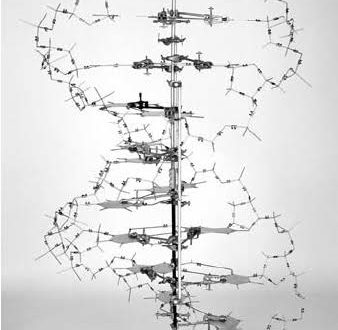
But it’s easy to forget this indispensable antecedent: the enigmatic yet foundational x-ray crystallography of Rosalind Franklin:
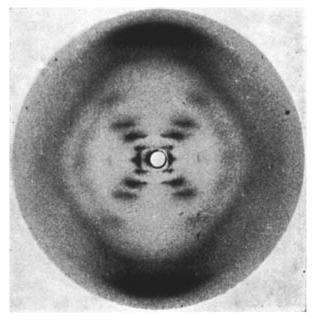
“All models are wrong; some are useful.”
smiley statistician George Box
“A picture held us captive. And we could not get outside it, for it lay in our language and language seemed to repeat it to us inexorably.”
Ludwig Wittgenstein, Philosophical Investigations, 115
And what sort of deceptive picture did Wittgenstein have in mind? well, how about the 1904 “Plum-pudding model” of what the atom might look like? Wrong, and productive of all sorts of mistaken hypotheses.
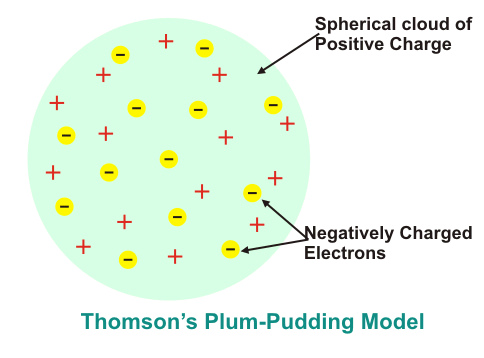
Gina credited the beautiful drawings of Santiago Ramón y Cajal with inspiring and illuminating generations of neuroscientists.
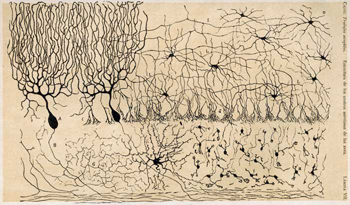
John credits Science in the Marketplace, an edited collection reminding us that even in crowded lecture-halls, to display science may also mean doing science…..
Gael ended his historical tour by praising David Goodsell, cell-painter extraordinaire:
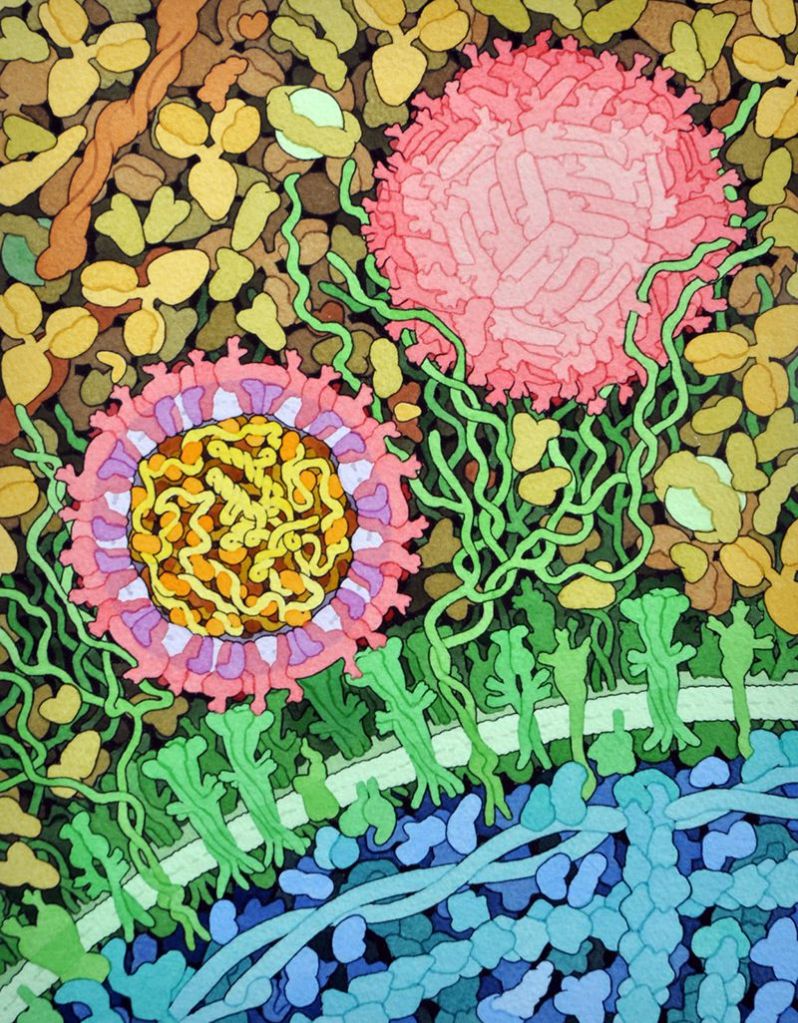
John also raved (as he is wont to do) about cave paintings as the first animation in the world (e.g. these horses from Peche-Merle).
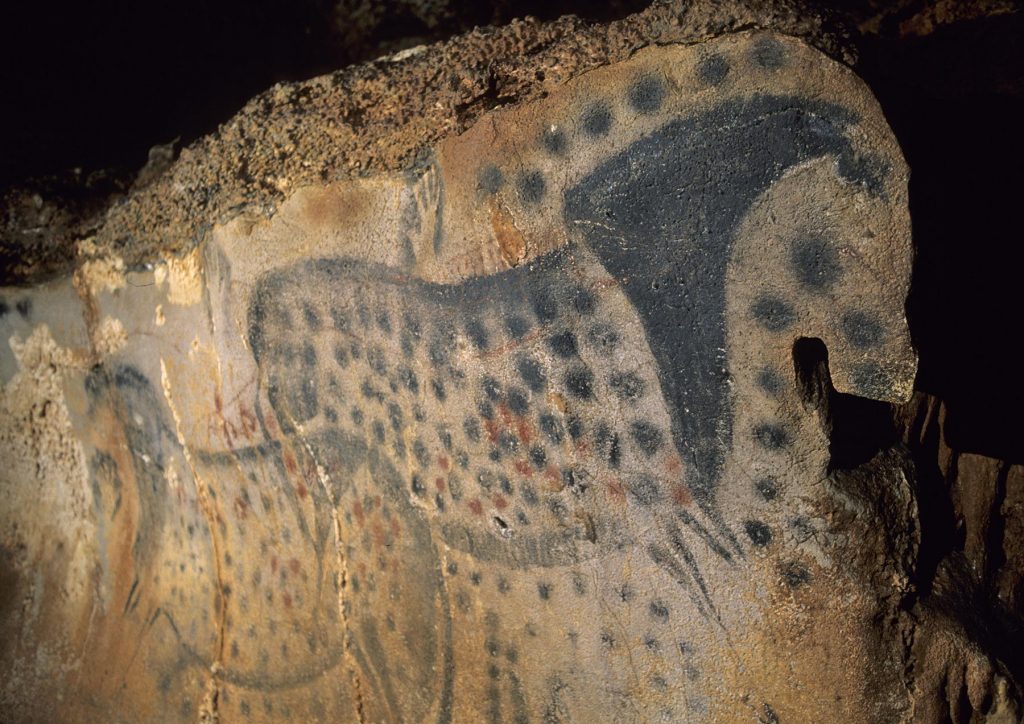
Listen and Read Here:

